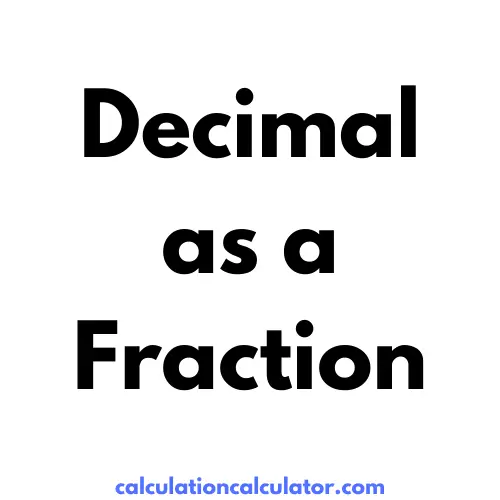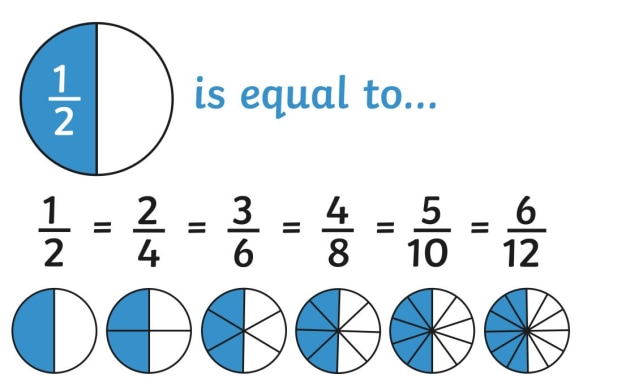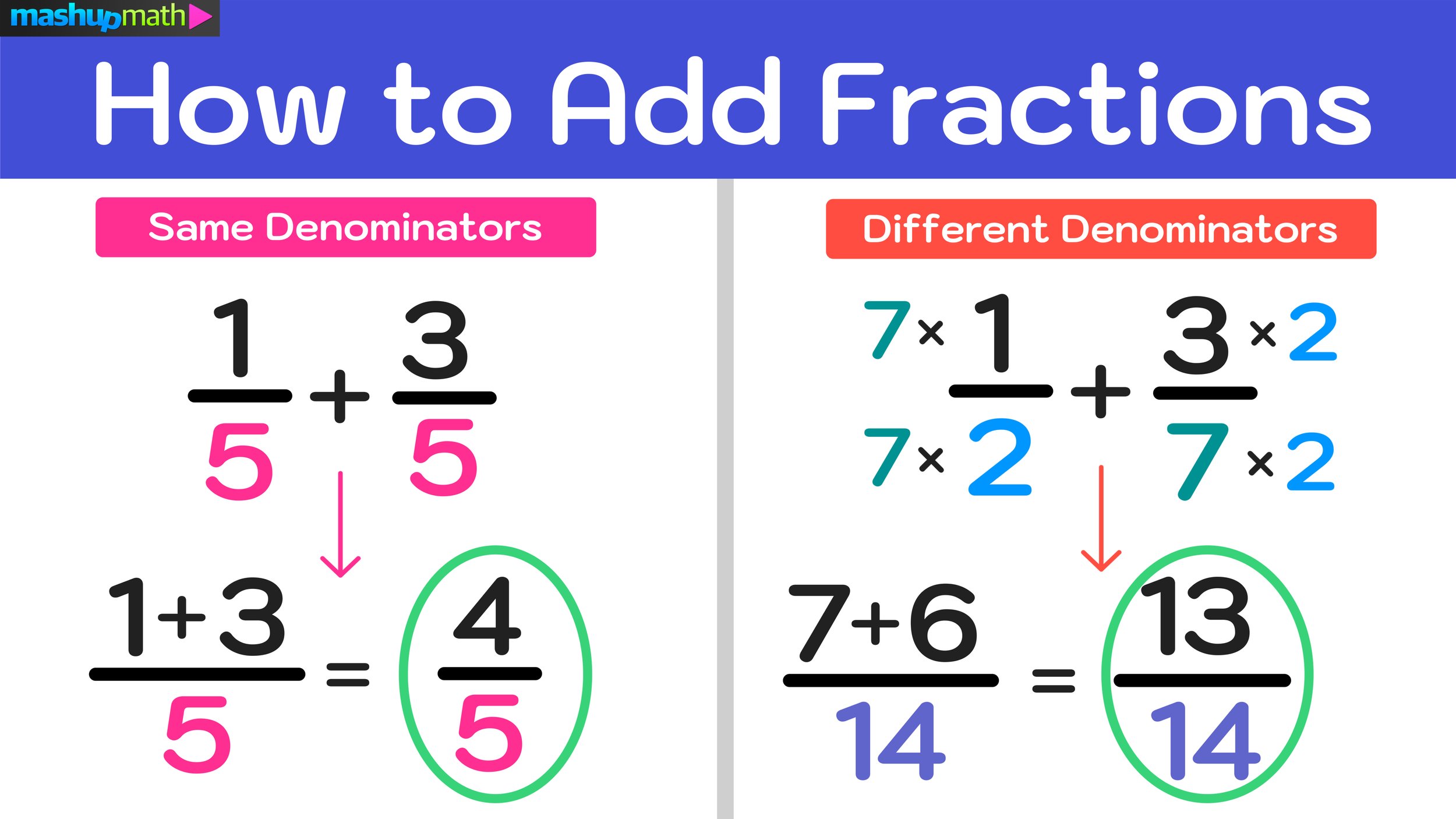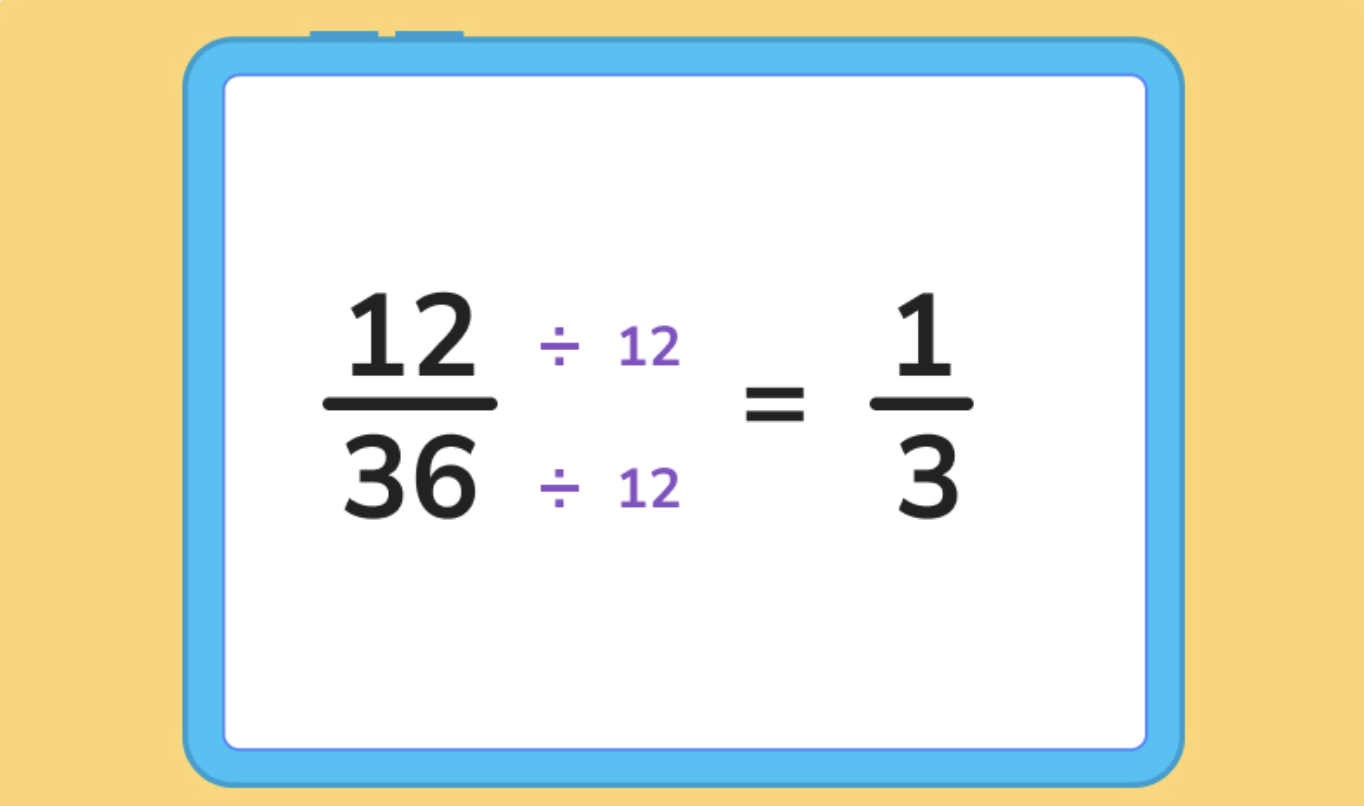What Is 0.62 As A Fraction

Imagine you're baking a cake, the aroma of vanilla filling the kitchen. The recipe calls for "point six two" of a cup of flour. But your measuring cups are marked with fractions, not decimals. A slight furrow appears on your brow as you ponder: what fraction is equivalent to this decimal dancing in your mind?
This seemingly simple question, "What is 0.62 as a fraction?", unveils a fundamental concept in mathematics, connecting the familiar world of decimals to the more ancient realm of fractions. Understanding this conversion allows for better problem-solving in everyday situations, from cooking to carpentry.
Let's embark on a journey to decode the mystery of converting decimals to fractions, specifically focusing on how to transform the decimal 0.62 into its fractional form.
Decimals: A Foundation of Tenths
Before we dive into the conversion process, let's briefly revisit what decimals represent. Decimals are a way of expressing numbers that are not whole numbers. They are based on powers of ten, with each digit to the right of the decimal point representing tenths, hundredths, thousandths, and so on.
Therefore, 0.62 signifies 6 tenths and 2 hundredths. Thinking of it this way is the first step to unlocking its fractional equivalent.
Unveiling the Conversion: Step-by-Step
The process of converting a decimal to a fraction is straightforward and can be broken down into these simple steps:
Step 1: Write the decimal as a fraction with a denominator of 1. So, 0.62 becomes 0.62/1.
Step 2: Multiply both the numerator (top number) and the denominator (bottom number) by a power of 10 that will eliminate the decimal. Since 0.62 has two digits after the decimal point, we multiply by 100.
Step 3: This gives us (0.62 * 100) / (1 * 100), which simplifies to 62/100. Now, we have a fraction!
Step 4: The final, crucial step is to simplify the fraction to its lowest terms. This involves finding the greatest common divisor (GCD) of the numerator and denominator and dividing both by it.
In this case, the GCD of 62 and 100 is 2. Dividing both 62 and 100 by 2 yields 31/50.
Therefore, 0.62 as a fraction in its simplest form is 31/50. We have successfully navigated the decimal-to-fraction conversion!
Why is this Important? Practical Applications
Understanding decimal-to-fraction conversions isn't just an abstract mathematical exercise. It has practical applications in numerous real-world scenarios.
Think about measuring ingredients for a recipe, as in our opening scenario. Recipes often list ingredients in fractional amounts, but digital scales or measuring tools might display decimals. Knowing how to convert between the two allows for accurate measurements and better results.
Another application is in carpentry or construction. Accurate measurements are paramount. A carpenter might encounter dimensions expressed as decimals and need to convert them to fractions to align with the markings on a ruler or measuring tape. This skill prevents costly errors and ensures structural integrity.
Furthermore, understanding fractions and decimals is crucial for financial literacy. Calculating discounts, interest rates, or proportions often involves working with both forms of numbers. Being fluent in both makes it easier to understand and manage finances effectively.
The Significance of Simplification
Simplifying fractions is not merely an aesthetic preference; it has mathematical significance. A simplified fraction represents the same value as the original but in its most concise form.
Working with simplified fractions often makes calculations easier. For example, adding or subtracting fractions requires finding a common denominator. Using simplified fractions reduces the size of the numbers involved, minimizing the chance of errors.
Moreover, simplified fractions offer a clearer understanding of the relationship between the numerator and denominator. They highlight the essential proportion represented by the fraction.
Exploring Beyond 0.62: Generalizing the Process
While we focused on converting 0.62 to a fraction, the process applies to any decimal. The key is to identify the number of decimal places and multiply by the corresponding power of 10.
For example, to convert 0.125 to a fraction, we would multiply by 1000 (since there are three decimal places), resulting in 125/1000. Then, we would simplify this fraction to its lowest terms (1/8).
Similarly, for a repeating decimal like 0.333..., the conversion requires a slightly different approach involving algebraic manipulation. While more complex, the underlying principle remains the same: expressing the decimal as a ratio of two integers.
The Connection to Ratios and Proportions
Decimals and fractions are deeply intertwined with the concepts of ratios and proportions. A fraction represents a part-to-whole relationship, while a ratio compares two quantities.
Decimals provide another way to express these relationships, often making it easier to compare or calculate proportions. For example, if a survey shows that 0.75 of respondents prefer a certain product, it means that 75 out of every 100 respondents share that preference.
Understanding the connections between decimals, fractions, ratios, and proportions is crucial for developing a strong foundation in mathematics and its applications.
A Final Reflection
Converting 0.62 to a fraction, 31/50, is more than just a mathematical exercise. It's a glimpse into the interconnectedness of different mathematical concepts and their relevance to everyday life. It underscores the fact that even seemingly simple questions can unlock deeper understanding and practical skills.
From baking a perfect cake to accurately measuring building materials, the ability to seamlessly navigate between decimals and fractions empowers us to solve problems and make informed decisions. So, embrace the power of mathematical conversions, and watch as the world around you becomes a little bit clearer.
And the next time you encounter a decimal in disguise, remember the journey we took together and confidently transform it into its fractional form.













![What Is 0.62 As A Fraction Write the decimal as a fraction. 0.32 = 2 [?] Simplify your answer](https://us-static.z-dn.net/files/d60/3336e0dab2aea017f429d142f6d1491a.jpg)



![What Is 0.62 As A Fraction What is 62.5% as a Fraction [Solved]](https://ik.imagekit.io/brightchamps/tr:w-800,c-maintain_ratio,q-75,f-auto/math/math-questions/62.5-percent-as-a-fraction.png)
